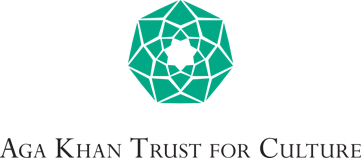Education and Mentoring
Music and art education are central to the Aga Khan Music Programme’s efforts to support the ongoing transmission of Muslim musical heritage and its expression in contemporary artistic languages inspired but not constrained by tradition.


AKDN / Christopher Wilton-Steer
Music Curriculum Development Centres and Schools
The Music Programme supports a network of curriculum development centres and music schools in Afghanistan, Egypt, Kyrgyzstan, Pakistan and Tajikistan whose visionary programmes and projects aim to ensure the transmission and ongoing evolution of local musical heritage.
Their strategies include:
- revitalising traditional master-apprentice (ustod-shogird) music pedagogy in contemporary forms;
- developing, testing and disseminating new teaching and learning methodologies and curriculum materials;
- organising teacher training institutes and workshops; and
- providing opportunities for talented young musicians to create and perform new music that is rooted in tradition yet not constrained by it.
Promising students who emerge from the music schools are invited to participate in performance activities, workshops, and creative encounters organised through the worldwide network of arts presenters, festivals, and educational institutions with which the Music Programme collaborates.


The Music of Central Asia, edited by Theodore Levin, Saida Daukeyeva, and Elmira Köchümkulova.
Textbook Project: the Music of Central Asia
Published by Indiana University Press (2016), this pioneering textbook is the first in any language to offer a comprehensive introduction to Central Asia’s rich and diverse musical traditions. With contributions by 25 authors from 13 countries and over 150 audio and video examples, The Music of Central Asia emerged from collaboration between the Music Initiative and the University of Central Asia, a project initiated by His Highness the Aga Khan.
The textbook presents Central Asian music through a prism of cultural pluralism, cosmopolitanism, and regionalism. In doing so, it brings together “insider” and “outsider” perspectives on music and culture by balancing chapters written by scholars native to Central Asia with chapters written by specialists from Europe and North America.
